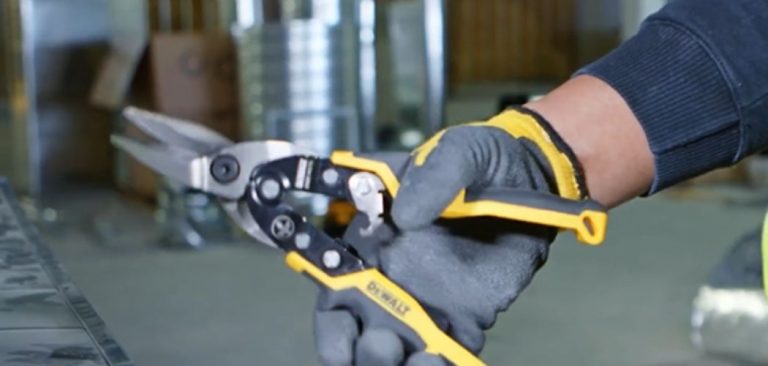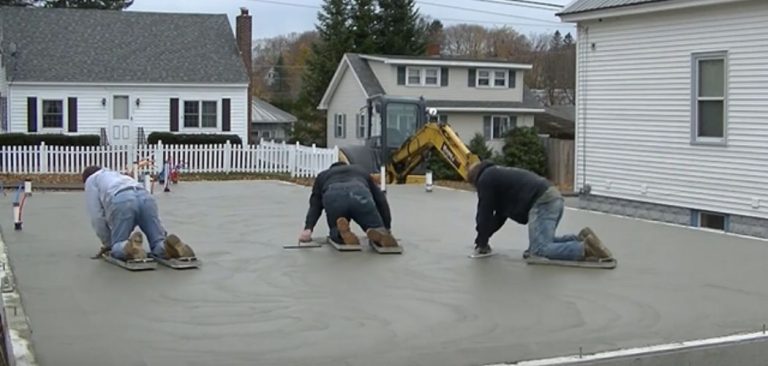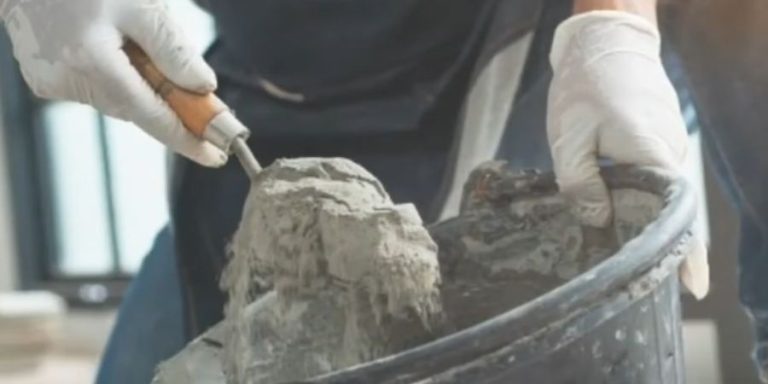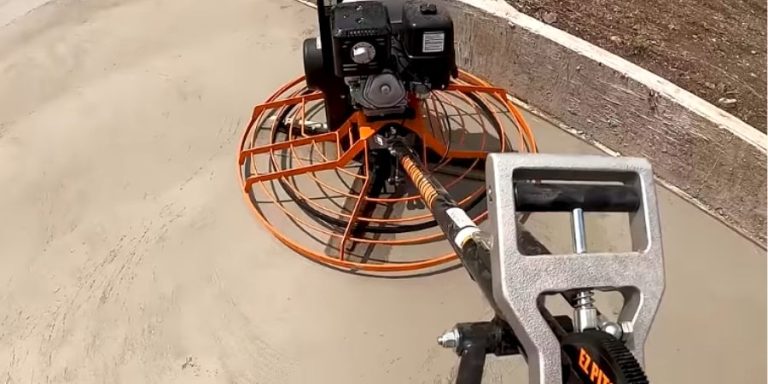5 Masking Tape for Painting Windows
Window painting is a creative and popular technique that can transform the look and feel of any space. Whether you’re an experienced artist or an enthusiastic beginner, this article will teach you to discover something new about masking tape for painting windows.
Masking tape is an essential tool that can greatly improve your window painting process. Choosing the right tape is important, so I will discuss it in this article; stay tuned.
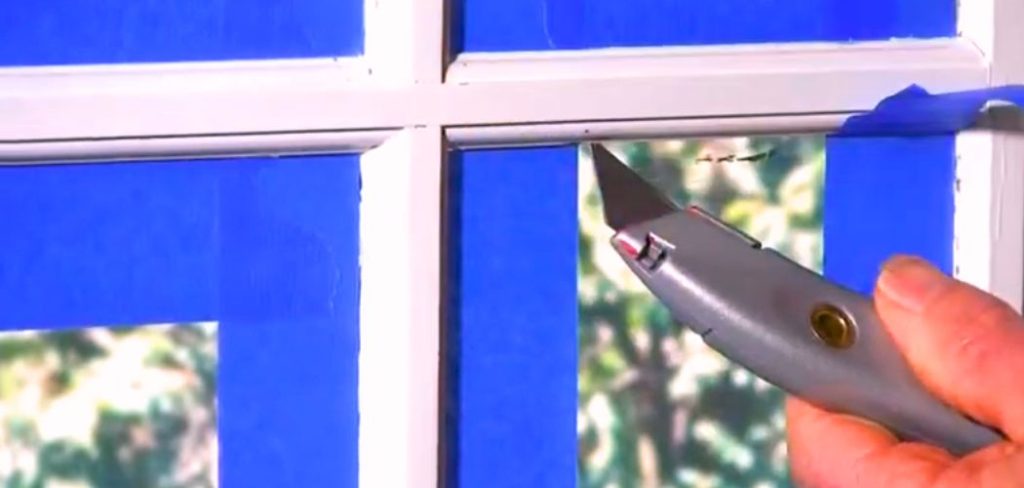
Masking Tape for Painting Windows
As a window painting newbie, choosing the right masking tape for your specific window type is important to ensure a smooth and successful painting experience. Here are some masking tape recommendations specific to your particular window.
Glass Windows:
- Single-Pane Glass Windows:
Choose standard adhesive masking tape. These windows usually have smooth surfaces that can withstand adhesives without any problems. - Double-Pane (Insulated) Glass Windows:
Use a delicate surface or low-adhesion masking tape. The insulation layer between panes of glass can be sensitive, so it’s important to choose a tape that won’t damage it during removal. - Textured or Frosted Glass Windows:
High-adhesion or rough-surface masking tape is suitable. These tapes have better adhesion to uneven or textured surfaces, ensuring clean lines.
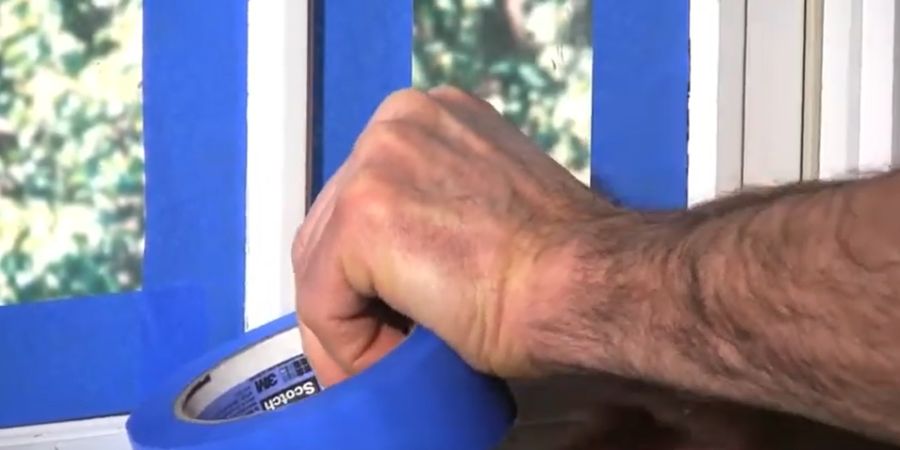
Wooden Windows:
Traditional wood-framed windows often have a smooth finish, so it’s essential to choose a masking tape that provides good adhesion without damaging the wood surface. Here are your options:
- Standard Adhesive Masking Tape:
This type of tape works well for traditional wooden windows. It provides solid adhesion and can be safely used on smooth wood surfaces. Make sure to remove it carefully to prevent any possible damage when removing it after painting. - Fine-Surface Masking Tape:
Fine-surface masking tape is an excellent choice if you want extra assurance against any potential damage to the wood finish. This provides more controlled and gentle adhesion, reducing the risk of any adhesive residue or damage to the wood during tape removal.
Vinyl or PVC Windows:
Vinyl or PVC-framed windows are more sensitive to adhesives, making it crucial to choose the right type of masking tape to avoid damage to the material. Here’s what you should use:
- Fine-Surface Tape:
Designed specifically for sensitive surfaces such as vinyl or PVC, fine-surface masking tape offers low adhesive strength. This tape is ideal for vinyl windows as it ensures easy and residue-free removal without damaging the vinyl material. Prioritizing this type of tape is essential to maintaining the integrity of your vinyl windows.
Aluminum or Steel-Framed Windows:
When it comes to masking tape for aluminum or steel-framed windows, consider the following recommendations:
- High-Adhesion Masking Tape:
Aluminum and steel surfaces can be smooth and somewhat challenging for regular masking tapes to adhere to securely. Therefore, it’s a good idea to use high-adhesion masking tape. This type of tape is designed to stick well to difficult surfaces like metal, ensuring that it stays in place during your painting project and provides clean paint lines. - Outdoor or Weather-Resistant Masking Tape:
If your aluminum or steel-framed windows are located outdoors or in areas exposed to the elements, consider using outdoor or weather-resistant masking tape. These tapes are designed to withstand moisture, UV exposure, and temperature fluctuations, making them ideal for long-lasting protection and clean lines.
FAQ,s
How do I prep the window before applying masking tape?
Before applying masking tape, ensure the window surface is clean and dry. Remove any dirt, dust, or debris, and consider using a glass cleaner for optimal results. Ensure the surface is free from any oils or residues that might interfere with tape adhesion.
How can I prevent paint from bleeding under the masking tape?
Press the masking tape firmly onto the window surface to prevent paint bleed, ensuring there are no gaps or bubbles. You can also apply a light coat of the base paint color along the tape’s edge to seal it before using the main paint color. Remove the tape carefully while the paint is still slightly wet for clean lines.
Can I leave masking tape on windows for an extended period?
It’s best to remove masking tape within 24 hours of painting to avoid any adhesive residue or difficulties in removal. Leaving it on for an extended period may lead to more challenging removal and potential damage to the window surface.
Should I use painter’s tape instead of regular masking tape for windows?
Painter’s tape is specifically designed for painting and is less likely to leave residue or damage surfaces. While it may be more expensive than regular masking tape, it can be a better choice for clean, professional results, especially on sensitive window surfaces.
Conclusion
In conclusion, masking tape plays a crucial role in window painting, often going unnoticed but serving as an essential tool. I have shared my perspective in this article, and I welcome any differing opinions or feedback in the comments below.
Feel free to share this article with your friends and family to encourage me to continue delivering valuable content. Best of luck to everyone in their painting endeavors!

